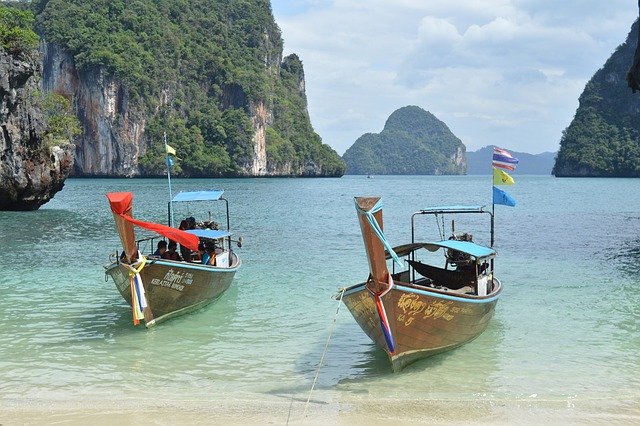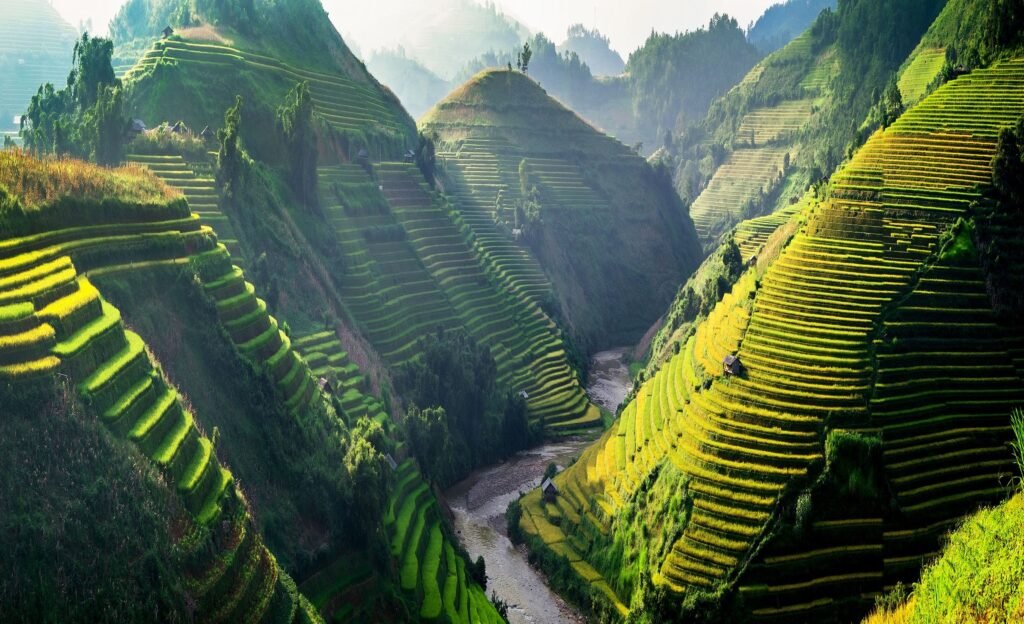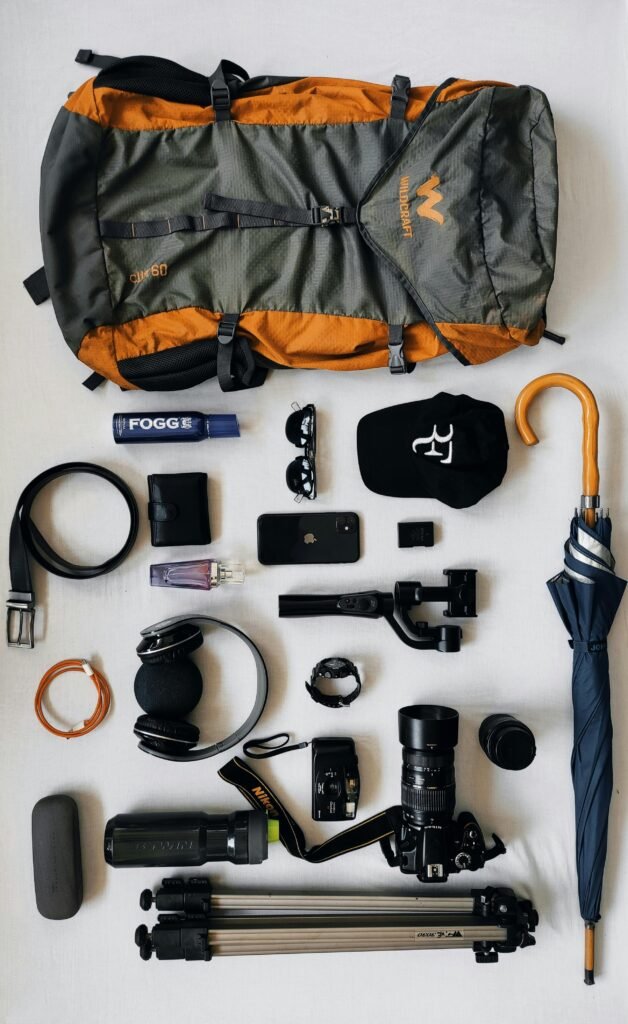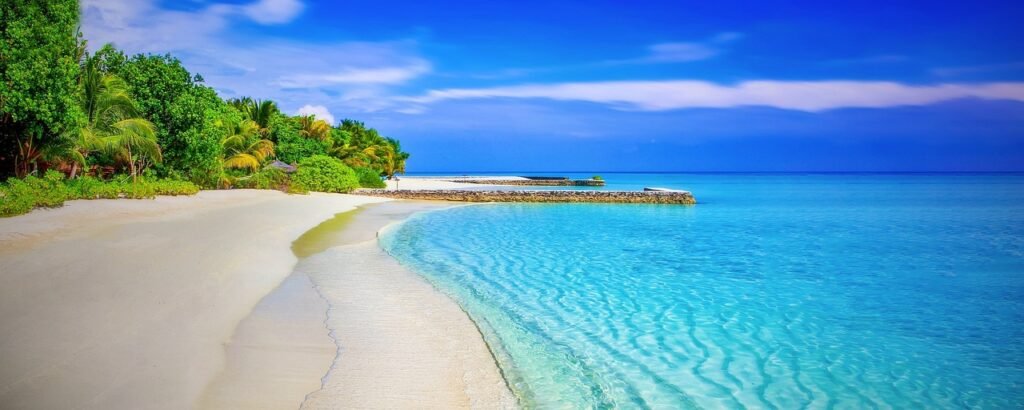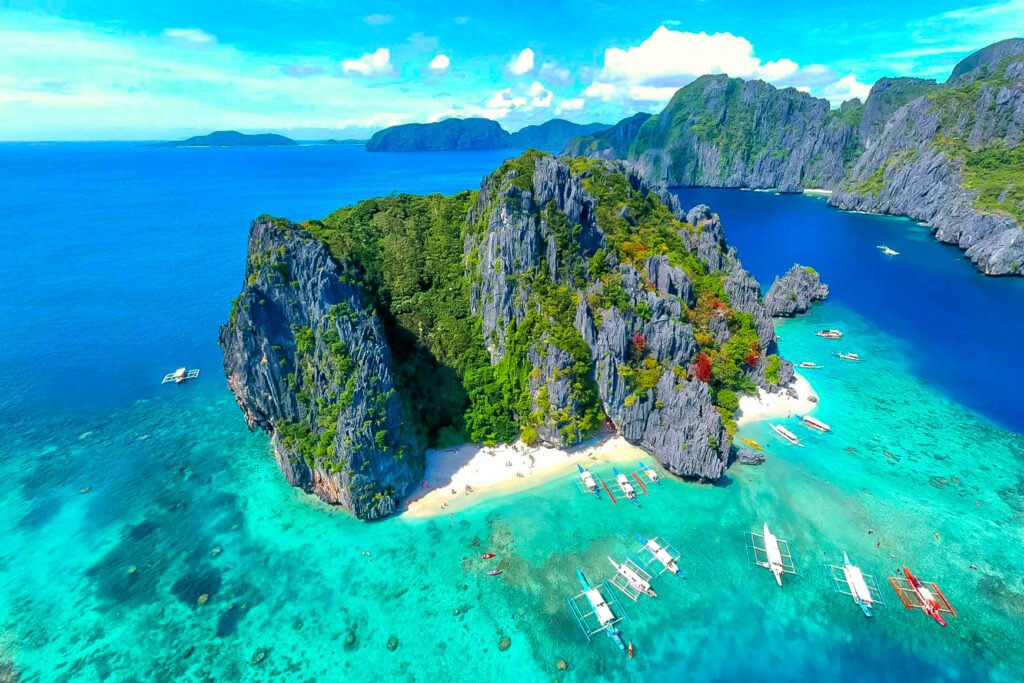Top Travel Tips for Exploring Southeast Asia
Southeast Asia (SEA) is a dynamic region filled with ancient temples, tropical beaches, bustling markets, and lush rainforests. Whether you’re backpacking through multiple countries or settling in one, here are some essential travel tips to make your journey smooth, safe, and unforgettable.
1. Check Visa Requirements and Border Crossing Rules
- Southeast Asia is a popular destination for multi-country travel, so knowing visa requirements is essential. Countries like Thailand and Cambodia offer visa-on-arrival or e-visas, while Vietnam and Myanmar may require applying in advance. Double-check entry and exit requirements, especially if you plan to cross land borders.
2. Learn Basic Phrases and Be Polite
- In countries like Thailand, Indonesia, and Vietnam, a simple “hello” or “thank you” in the local language can go a long way. While English is commonly spoken in tourist hotspots, learning basic greetings shows respect for the local culture. Politeness, particularly in more traditional areas, is highly valued, so always be respectful in your interactions.
3. Respect Local Customs and Religious Practices
- SEA countries like Thailand, Laos, and Myanmar are deeply rooted in Buddhism, while Indonesia is predominantly Muslim. Dress modestly, especially when visiting temples or religious sites. In Thailand and Cambodia, shoulders and knees should be covered, and you must remove your shoes when entering temples. In Muslim-majority areas like Malaysia and Indonesia, women may need to cover their hair when entering mosques. Always observe and respect local customs and traditions.
4. Pack Light and Adapt to the Climate
- The tropical climate in Southeast Asia is hot and humid year-round, with occasional monsoon rains. Lightweight, breathable clothing is key, and a good rain jacket or umbrella will come in handy during sudden downpours. Pack a mix of casual wear for day-to-day exploring and modest clothing for temples or rural areas. Leave room in your suitcase for the amazing local textiles and handicrafts you’ll likely want to buy.
5. Use Local and Sustainable Transport
- SEA is known for its diverse transport options, from tuk-tuks in Thailand to jeepneys in the Philippines and motorbike taxis in Vietnam. Public transport is affordable and offers a more authentic experience. Ride-sharing apps like Grab (widely available across SEA) are convenient and can help avoid being overcharged by taxis. Opt for eco-friendly modes of transport where possible, such as bicycles or electric tuk-tuks.
6. Stay Healthy and Hydrated
- The tropical heat in Southeast Asia can be intense, so staying hydrated is crucial. Always drink bottled or filtered water, as tap water isn’t safe in many parts of SEA. Street food is an integral part of the experience, but stick to busy stalls where food is freshly cooked. Additionally, SEA is home to diseases like dengue fever and malaria in certain regions—use mosquito repellent and sleep under nets in rural or jungle areas.
7. Carry Cash, But Use ATMs Wisely
- While major cities like Bangkok, Kuala Lumpur, and Singapore accept cards widely, many rural areas and small businesses are cash-only. It’s a good idea to carry local currency (Thai Baht, Vietnamese Dong, Indonesian Rupiah, etc.), especially for small purchases, market shopping, or street food. ATMs are plentiful in cities but watch out for withdrawal fees, which can add up quickly. Carry a backup card and store some emergency cash separately.
8. Get Vaccinated and Pack Health Essentials
- Before traveling to Southeast Asia, check with your doctor about recommended vaccines, such as Hepatitis A, Typhoid, and possibly Malaria prophylaxis for rural areas. Bring a basic medical kit with items like band-aids, diarrhea medicine, mosquito repellent, sunscreen, and hand sanitizer. Pharmacies are common in most cities, but it’s good to have your essentials with you.
9. Stay Connected with Local SIM Cards
- Internet access is essential for navigating cities, translating languages, or staying in touch with family. Upon arrival, purchase a local SIM card—SEA countries have affordable data plans, and you’ll avoid hefty roaming fees. You can usually find these at airports or in local convenience stores. Apps like Google Maps, Grab, and WhatsApp are invaluable for getting around and staying connected.
10. Be Cautious of Common Tourist Scams
- Tourist hotspots like Bangkok, Hanoi, and Bali are known for common scams targeting visitors. Overpriced tuk-tuks, fake taxis, and dubious tour operators are some examples. Always agree on a price before getting into a taxi or tuk-tuk, and book tours through reputable agencies. Be wary of “helpful” strangers offering unsolicited advice at tourist sites—it’s often part of a scam to steer you toward overpriced services or shops.
11. Travel Insurance is Non-Negotiable
- Medical care in Southeast Asia can vary in quality, and accidents do happen, particularly if you’re riding motorbikes or engaging in outdoor activities like hiking or diving. Travel insurance that covers medical emergencies, trip cancellations, and lost belongings is crucial. Ensure your policy includes coverage for any adventure sports you may want to try, like diving in Thailand or trekking in the Philippines.
12. Respect the Environment
- Many SEA destinations are ecologically sensitive, such as the beaches of Thailand and the forests of Borneo. Avoid single-use plastics, support eco-friendly tour operators, and follow responsible tourism practices. If you’re visiting areas with wildlife, such as orangutan sanctuaries in Malaysia or elephant sanctuaries in Thailand, make sure they are ethical and committed to conservation.
13. Prepare for Unpredictable Weather
- Southeast Asia’s tropical climate means that weather can change quickly, especially during monsoon season (typically from May to October). Check the forecast regularly and be ready for sudden rainstorms. Travel delays can happen due to weather, so allow some flexibility in your itinerary, especially if you’re island-hopping or using ferries.
14. Get Off the Beaten Path
- While tourist hubs like Bali, Bangkok, and Phuket are incredible, Southeast Asia is full of hidden gems waiting to be discovered. Explore lesser-known islands in the Philippines, trek through remote areas in Laos, or visit Cambodia’s lesser-touristed provinces. Engaging with local communities in more rural or offbeat destinations often provides the most rewarding travel experiences.
15. Be Flexible and Patient
- Things don’t always run on time in SEA. Whether it’s a late bus, a delayed boat, or a slower pace of life, patience is key. Embrace the relaxed vibe of the region, and enjoy the journey as much as the destination. A flexible itinerary will allow you to experience more and stress less.
Southeast Asia is a treasure trove of adventure, culture, and natural beauty. By following these tips and staying open to the region’s unique rhythm, you’ll have an enriching and unforgettable experience.

